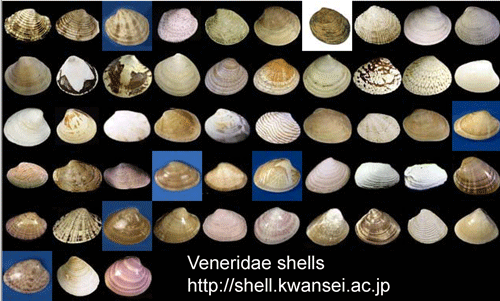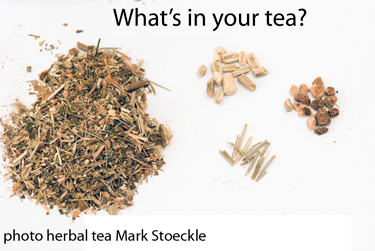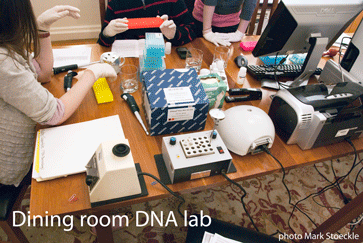Veneridae, commonly known as venus clams, are the largest family of heterodont bivalves (clams and cockles), with about 500 named species, all marine, distributed in mostly shallow water areas around the globe. In June 2011 Plos ONE, researchers from Fisheries College, Ocean University of China apply DNA barcodes to perform what they call “taxonomy distentanglement” on 315 venerid specimens representing about 60 species collected along the coast of mainland China. This qualifies as the largest analysis of DNA barcodes for marine bivalves to date. Chen and colleagues note “species boundaries of these clams are difficult or even impossible to define accurately based solely on morphologic features,” so there is a potentially a big role for DNA characters.

The clams were collected over a 6 year period from 2004-2010, stored in 95% ethanol (marine specimens are traditionally stored in formalin, which is an effective preservative but makes it difficult to recover DNA), and deposited as voucher specimens in Fisheries College. DNA was extracted from adductor muscle (some bivalves inherit mitochondrial DNA from both male and female parents, but the male type is restricted to gonadal tissue). Given that not many bivalves have been barcoded, it is of interest to learn what primer pairs were effective (BOLD taxonomy browser lists barcodes for 966 of the approximately 10,000 bivalve species). Starting with Folmer primers, two additional published sets and 4 sets developed for this study were used if needed, with recovery of COI from all specimens.
I note that genetic differences within Family Veneridae are remarkably large–average pairwise COI K2P distance within the family (not counting conspecific and congeneric comparisons) is around 35% and maximum is over 50%. For comparison, in birds, average and maximum distances within families are about half as large, and even within birds as a whole (Class Aves, i.e., two hierarchical levels above family), average and maximum distances are only 20% and 33%, respectively (I generated bird stats by merging public projects in BOLD and running “Distance Summary.”) I wonder if what we call Families in vertebrates and invertebrates reflect different levels on the evolutionary tree.
Back to the paper. Chen and colleagues used neighbor-joining, maximum-likelihood, and MOTU analysis to examine their data with and without 310 additional venerid sequences downloaded from BOLD/GenBank. All individuals that could be morphologically identified to species possessed distinct (reciprocally monophyletic) COI sequences, with the exception of one species pair. 11/23 sequences from specimens that could not be identified morphologically formed five monophyletic clusters, likely representing species new to science or unreported in China. The remaining 12 sequences from morphologically-puzzling specimens clustered within named species, suggesting these represent morphologically variant specimens. Sorting puzzling specimens into genetic clusters led the authors to recognize previously overlooked diagnostic morphologic characters. A number of existing records in BOLD/GenBank prior to this study clustered with different species, suggesting these specimens were misidentified by submitters or reflected outdated taxonomy.
Chen and colleagues conclude that DNA barcoding has a third purpose in addition to species identification (assigning unknown specimens to known species) and species discovery (flagging divergent clusters), namely what they call “taxonomy disentanglement,” which other authors have called iterative or integrative use of barcoding (for example Smith et al, Extreme diversity of tropical parasitoid wasps exposed by iterative integration of natural history, DNA barcoding, morphology, and collections, 2008 PNAS). I like the term “disentanglement”–it brings to mind the many confusions in existing classifications and specimen labels, many of which can be unknotted with DNA barcodes.


